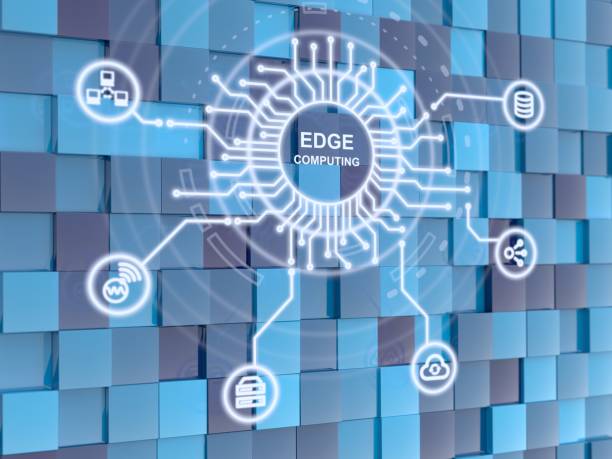Edge computing is a rapidly growing technology that is becoming increasingly popular as more and more organizations look to take advantage of its benefits. In this article, we will explain what edge computing is, how it works, and the benefits it offers to businesses. We will also discuss the future of edge computing and the challenges it faces.
What is Edge Computing?
Edge computing is a distributed computing architecture that brings data storage and computation closer to the location where it is needed, which is usually the edge of the network. This is in contrast to traditional cloud computing, where data and processing occur in remote data centers.
The idea behind edge computing is to reduce latency, increase bandwidth, and improve the user experience by reducing the distance that data must travel. By placing computing resources closer to the edge of the network, edge computing can enable faster processing, reduced latency, and improved security.
How does Edge Computing work?
In edge computing, the computing resources are placed in small data centers, sometimes called micro data centers, that are located close to the end-users or devices that generate the data. These micro data centers are typically located on the edge of the network, hence the name edge computing.
The micro data centers are equipped with servers, storage, and networking equipment that can process and store data locally. This enables real-time processing and analysis of data, which can be used to generate immediate insights and actions.
One of the key technologies that enable edge computing is the use of edge devices, such as sensors, gateways, and edge routers, that collect data from the environment and send it to the micro data centers for processing. The use of edge devices enables edge computing to support a wide range of applications, including industrial IoT, smart cities, autonomous vehicles, and augmented reality.
Benefits of Edge Computing
Edge computing offers a number of benefits to businesses, including:
Reduced latency: Edge computing reduces the time it takes for data to travel from the device to the cloud and back, resulting in faster processing times.
Improved bandwidth: By processing data locally, edge computing reduces the amount of data that needs to be sent to the cloud, which can improve bandwidth utilization.
Improved security: Edge computing can improve security by keeping sensitive data on local devices and reducing the risk of data breaches.
Increased availability: Edge computing can increase availability by providing local processing capabilities that can continue to function even if the cloud is unavailable.
Cost savings: By reducing the amount of data that needs to be sent to the cloud, edge computing can help businesses save on bandwidth costs.
Future of Edge Computing
The future of edge computing looks bright, with experts predicting that the market will continue to grow at a rapid pace. According to a report by MarketsandMarkets, the edge computing market is expected to grow from USD 3.6 billion in 2020 to USD 15.7 billion by 2025, at a CAGR of 34.1% during the forecast period.
The growth of edge computing is being driven by the increasing demand for low-latency processing and the need to support a wide range of devices and applications. With the advent of 5G networks, the use of edge computing is expected to increase even further, as the technology can help overcome the latency and bandwidth challenges associated with 5G networks.
Challenges of Edge Computing
Despite its many benefits, edge computing also faces several challenges. One of the biggest challenges is the lack of standardization, which can make it difficult for businesses to choose the right hardware and software for their edge computing needs. Additionally, the deployment and management of edge computing infrastructure can be complex, requiring specialized skills and expertise.
Conclusion
Edge computing is a powerful technology that offers many benefits to businesses, including reduced latency, improved security, and cost savings. As the market for edge computing.



0 Comments